The upstart low-cost transatlantic airline Norse Atlantic revealed on Monday that its load factor for August plunged to just 69 per cent despite soaring post-pandemic passenger demand.
The Oslo-based airline, which only put tickets on sale in April and launched its inaugural flight in June, has warned that it is facing a “challenging” period over the coming months and could decrease its planned flying program due to a drop in demand.
“With the backdrop of high inflation in Europe and the US, continued high fuel prices and a reduction in the pent-up travel demand post-Covid, the coming months will be challenging for the global aviation industry,” the airline warned in a statement issued on Monday.
“Norse will be cautious with regards to its winter 2022 program and is continuously evaluating all routes, including potentially decreasing its program in line with demand,” the statement continued.
Norse Atlantic launched with low-cost transatlantic flights between Oslo and New York JFK, Los Angeles, Fort Lauderdale and Orlando. The airline has since expanded to London Gatwick and Berlin – a surprise move that the industry was not expecting.
The airline is the brainchild of chief executive Bjorn Tore Larsen who is using a fleet of 15 Boeing 787 Dreamliners which once belonged to fellow low-cost airline Norwegian.
Larsen previously supplied crew to Norwegian through his aviation staffing agency and has hired key executives from Norwegian to help him launch Norse Atlantic.
Despite the similarities, however, Larsen insists that Norse Atlantic is a very different airline from Norwegian which abandoned its transatlantic ambitions at the start of the pandemic and is once again focusing on its European short-haul business.
Larsen timed the launch of Norse Atlantic to coincide with the end of pandemic travel restrictions, but the upstart carrier is seemingly struggling to reap the benefits of surging travel demand.
The airline has, however, blamed its low load factor for the month of August on new route launches and says the aggregate load factor (the percentage of available seats that were actually occupied by passengers) is a more healthy 75 per cent.
“Norse continues to enjoy the benefits of flexible aircraft lease terms, including power by the hour and low lease rates, as well as having a lean organization,” the airline said on Monday.
In a bid to boost ticket sales, the airline has managed to get its flights included in more ticket agencies and is working on adding further sales channels. Even with a drop in passenger numbers, Norse says its cargo business is still performing strongly.
Related
Mateusz Maszczynski honed his skills as an international flight attendant at the most prominent airline in the Middle East and has been flying ever since... most recently for a well known European airline. Matt is passionate about the aviation industry and has become an expert in passenger experience and human-centric stories. Always keeping an ear close to the ground, Matt's industry insights, analysis and news coverage is frequently relied upon by some of the biggest names in journalism.








Who could have ever predicted that Norse would fail using the exact same business model that failed Norwegian? Selling discount tickets on brand new $ 200 million jets in one of the most congested market in the world? Who keeps giving these start ups money?